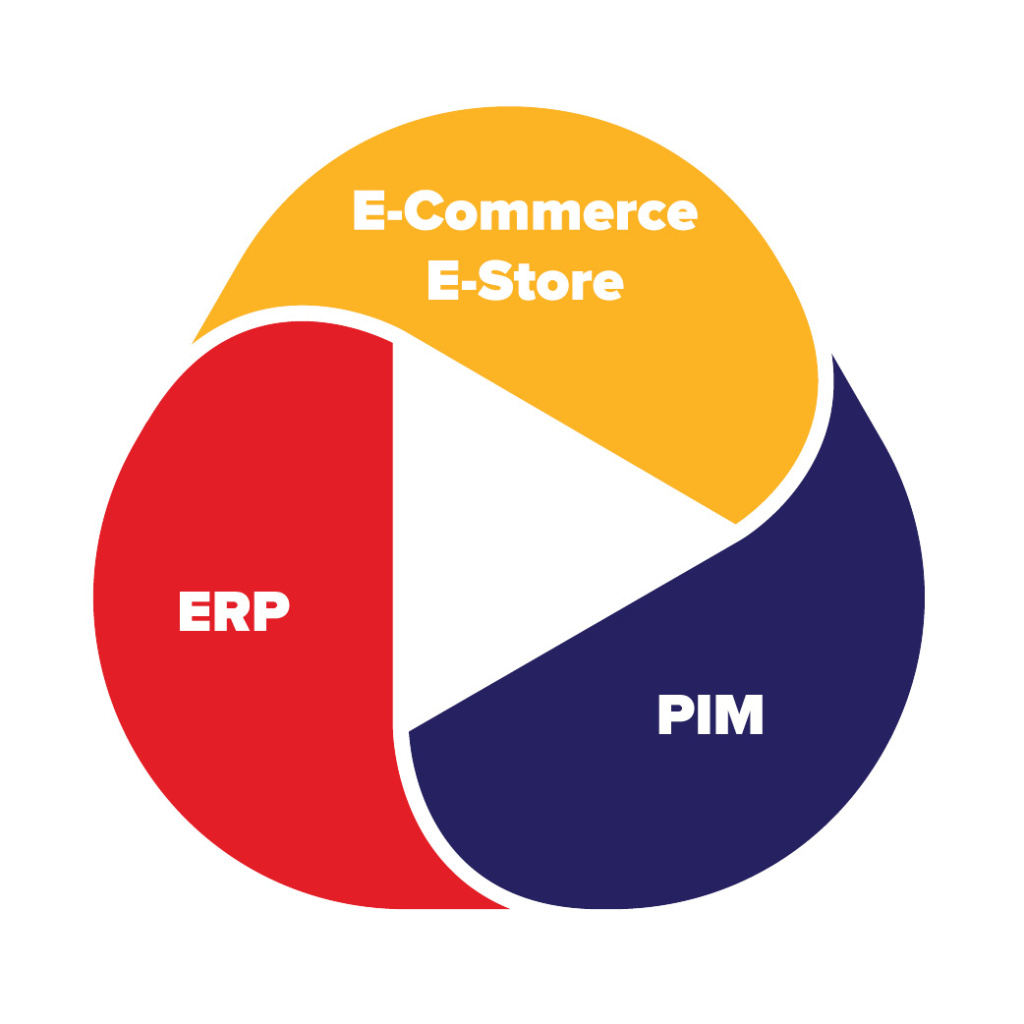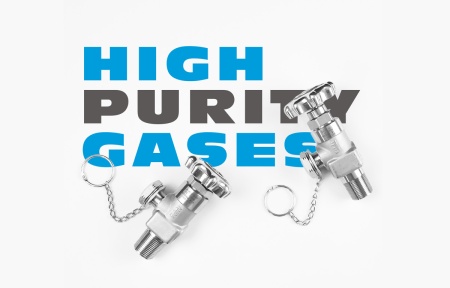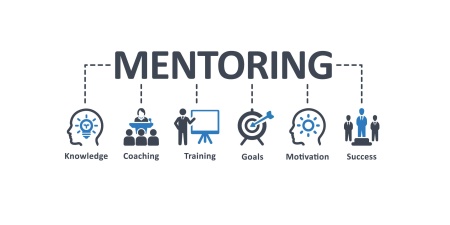by Frank Kasnick, IWDC President and CEO
I have not met an Independent, whether part of our group or not, who isn’t struggling with their e-commerce strategy. Usually, the discussion starts with “should we sell online?” The prospect is quite tempting – put up a webstore and sit back and take credit card orders. If only it was that simple.
That is not to say there isn’t opportunity in the B2C arena. If done correctly, it can lead to some incremental sales with a fairly low fixed cost. Members who are committed to this customer segment are leveraging their existing brick and mortar infrastructure comprised of inventory, shipping, product knowledge and pricing management. However, it’s not easy to “out Amazon Amazon” (or Alibaba or Grainger or you pick it). Bluntly, if the shopping experience isn’t competitive, then it really comes down to price as the differentiator which can be a “race to the bottom.”
But, deciding whether to jump into the B2C world isn’t the only decision facing our Members. Your traditional customers are changing. Younger professionals, who grew up with B2C e-commerce, are infiltrating purchasing departments and supply chain management roles and are looking for similar functionality and experience as they engage B2B suppliers. This trend is accelerating, which means to compete and stay relevant, industrial distributors must enhance their online experience for their existing customer base.
What are the blockers? Too numerous to address with this article. I’ll toss a few out, nevertheless.
- Fear with existing sales teams (E.g., “Won’t this diminish my role and influence? After all, I own the customer relationship.”)
- Complex I.T. decisions – which e-commerce platform to pick?
- How to connect and integrate B2B e-commerce functionality with my current Enterprise Resource Planning (ERP) system? “This makes by head hurt, let’s ignore it.”
The rest of the focus of this article is B2B. I’m going to set aside the B2C play.
Now for Some Encouragement.
Look at this incrementally. Think about it as improving your existing customer’s experience doing business with your company. Many manufacturing companies, your customers, are not so interested in shopping online, rather, they want information. They want to seek it on their time and not be limited by phone calls or face-to-face meetings with a sales department. Quite frankly, this can be liberating, as your sales force can focus on selling and not get bogged down in customer service requests or order taking.
You are also very fortunate. There is a significant challenge to replace all the things you provide your customers with a website powered by a pick/pack and ship entity. That isn’t going to happen anytime soon.
The complexity involved with making the right welding or cutting system work with a process and workpiece (metal variations), power source, tip selection, gas mix, gas delivery options, etc. is astronomical. Consultative selling will remain. Product and process knowledge will continue to be valued. The challenge of delivering a Hazmat/DOT regulated product (cylinder gas) isn’t going anywhere soon.
So, What to Do?
Continue to work with your ERP supplier to enhance their system with more B2C functionality. Keep what is valuable. Build on what is missing. Yes, that is going to cost money, but think of it in terms of the opportunity cost. Your inside team can use the better system to learn from to make their jobs easier. Maybe they are less bogged down and can make outbound calls on customers who haven’t bought in six months? Likewise, customers can get answers when they want to and not bog down your outside sales teams.

What Does This Really Mean?
You need to provide your existing customers with a website (portal) that allows them to search for product, get rich product information, images, and specs. It should allow them to see order history and know where their current order stands. This doesn’t mean, necessarily, that they are buying through your site. Maybe they are using your site to learn and will still order in the traditional way. To shop but not buy. It is okay that, during that activity, they receive messages like, “If you are interested in that item, here is an associated product.” If they want to check a shipment status or look at their account balance or cylinder balance, on their time, they can. If they want to see how many widgets you have in inventory, they can.
What Do You Need to Move Forward?
As you forge your B2B e-commerce strategy, please think of the key components as an interconnected triangle (right).
Your e-commerce platform will need to be integrated with your existing ERP via an API (application program interface). Your PIM will need to interface with your ERP. The PIM brings the qualitative “marketing” and technical information about products and the ERP brings the quantitative product details such as pricing and available quantities. Both are necessary. Just as important, the PIM provides structure in terms of “taxonomy”, also known as product categorization, which is critical for allowing your customers to navigate your e-commerce content. Depending on how you choose to load enriched product content from your PIM into your e-commerce platform, you will either export it from the PIM on an intermittent basis or through and API. The point of the above visual is “all three components will need to talk to each other”.
Getting to a fully functional robust B2B e-commerce offering to serve your existing customers who want to shop that way, will take time – think of it as a journey. Which E-commerce platform you choose and how it is integrated with your ERP is a company by company decision. As our welding & gas industry evolves, there will be some efficiency gains as some ERP providers will provide integration options with certain e-commerce platforms.










